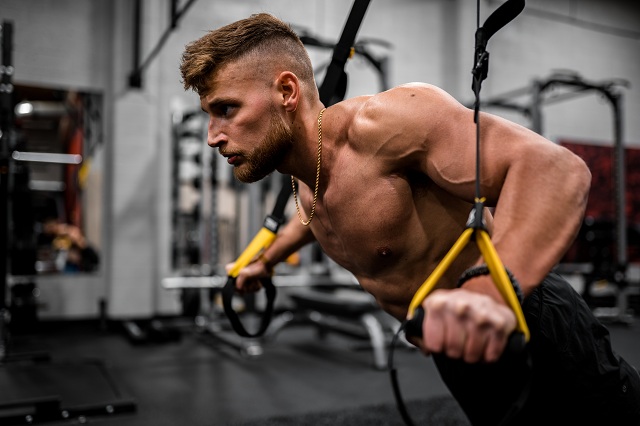Personal trainer and fitness expert Majed Alhamad on the best way to build a home gym
In the UK, gyms and health centres have no official date for reopening after lockdown. While some service industries, shops, restaurants and bars have been given the go ahead to open on 4 July 2020, for now gyms will remain closed.
And even when gyms do open up, some people who used to go may prefer to continue to work out at home. This could be for health reasons or because they now prefer home workouts. Some gyms and health centres have released their plans for reopening, and while measures vary slightly, one of the biggest adjustments will be fewer people in the space at any one time.

Table of Contents
Why building a home gym helps maintain training
Before COVID-19, visiting the gym was in our own control. We used to be able to go to suit ourselves and as much as we wanted. Post-pandemic gyms will have to restrict the numbers of people allowed in, which means gym users will have less control over when they workout. This is likely to lead to hybrid training programmes, split between the gym and home.
To match gym workouts as part of a serious training programme, it’s necessary to have the right equipment. This doesn’t necessarily mean the most expensive set up, but it does mean sourcing what you need. Home workouts can be just as effective as full on gym training. Here’s my advice on how to build a home gym to match your fitness needs.
The first thing to do on your quest to create the perfect home gym is decide on your long-term goals. These goals will help to decide what kind of equipment you need. For example, if you want to improve cardiovascular fitness, you need versatile equipment that can be used for lots of different exercises. Think medicine balls, kettlebells and dumbbells.
Ideally you should add in a stationary bike, treadmill or a rower for cardiovascular workouts. If you don’t want to splash out on a new piece of equipment, check online for second-hand fitness equipment. There is plenty about, and you can often find ex-gym equipment going for a bargain. Alternatively, buy a skipping rope. These are very cheap but are excellent for cardiovascular exercises.
Maximise the space you have available
For building muscle and increasing strength you need to work out how to maximise the space available and then select equipment based on that. You want to reach maximum load in terms of weights available with minimal equipment. The main driver for muscle growth is mechanical tension, so you need to get equipment that will allow you to do this. Adjustable dumbbells or a barbell and plates if you can are ideal. Add in some resistance bands of varying strengths and you will have a good set-up.
However, while these are the ideal scenarios, I know that the pandemic has affected finances for many people. If you can’t afford to pay hundreds for equipment, then stick to resistance bands of different strengths and a TRX resistance trainer. These won’t break the bank but will ensure you keep making progress. Of course, if money and space are not a problem, then it’s definitely worth investing in a rack of dumbbells, a squat rack and an adjustable bench.
Include correct nutrition to keep training on track
If you were a regular weightlifter before the pandemic, you’ll be used to using heavy weights in the gym environment. And while it may feel impossible to replicate the same intensity and achieve the same results at home, it’s not. They key is to keep resistance as high as possible.
For building up muscle with minimal equipment, ensure that you always include dips, press-ups and squats in your routine. But if your main focus is to lose fat, then it’s all about a calorie deficit. Contrary to internet advertising, there is no magical exercise that will burn fat. The only way to do it is to eat fewer calories than you need. This is why doing endless sit ups won’t shift fat around the stomach without the correct nutrition. It’s not possible to reduce fat in one single area of the body by doing a specific area. But you can target muscles in specific areas and increase those. Losing stomach fat is only possible with a strong framework of structured training and diet, specifically designed for each individual. Consistency and accuracy are key and eating well to boost immunity is vital for maintaining training plans during the pandemic.

